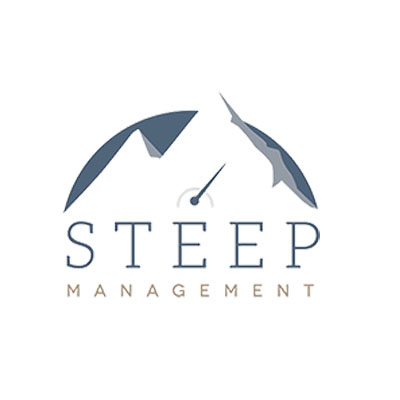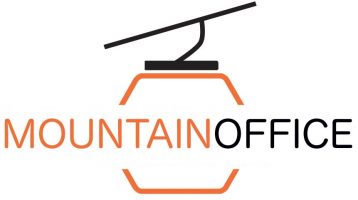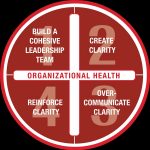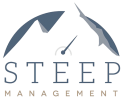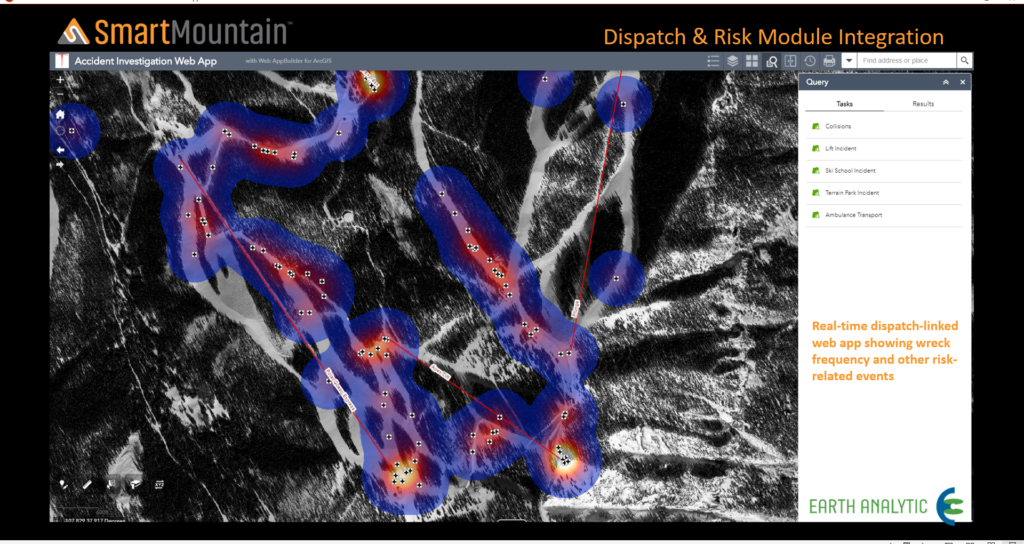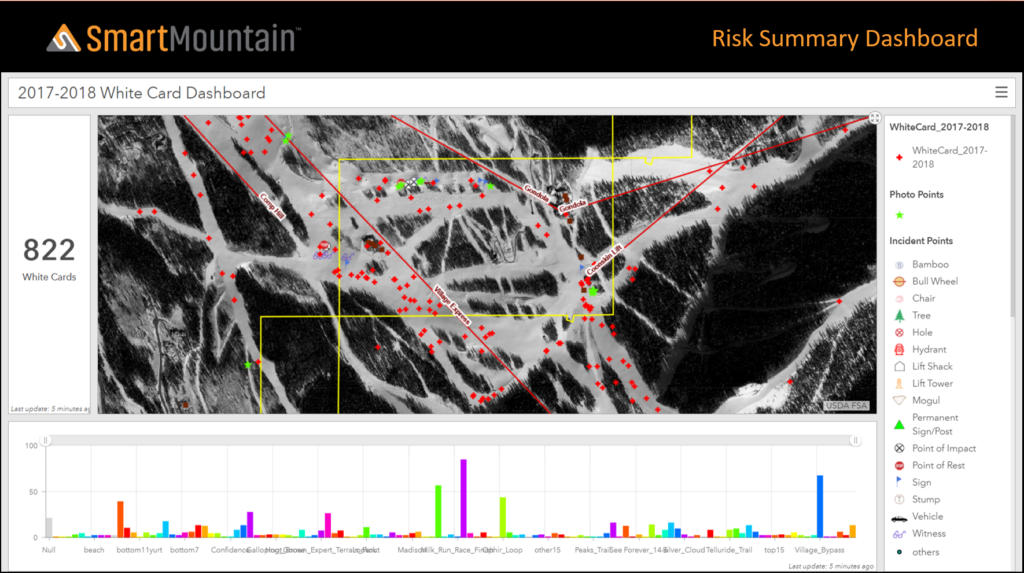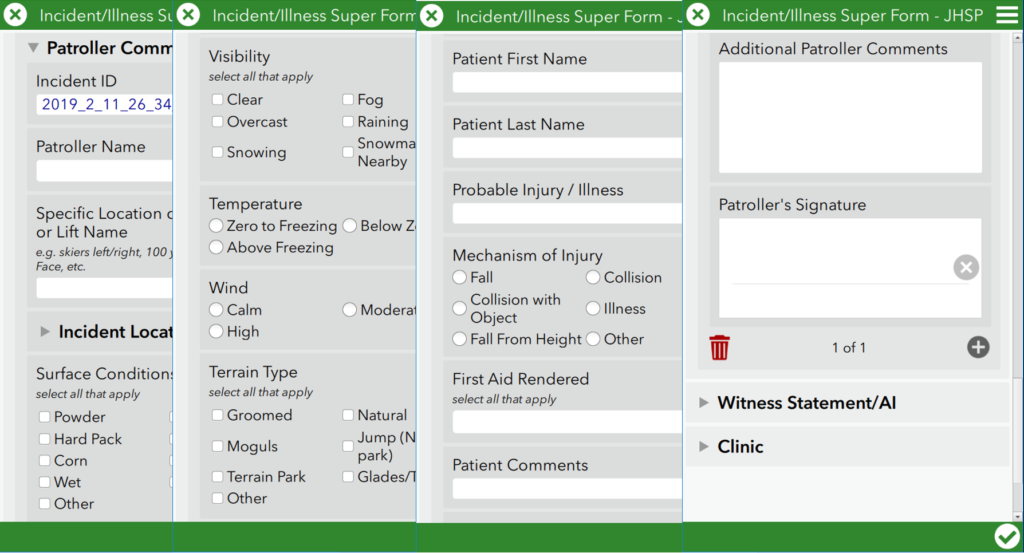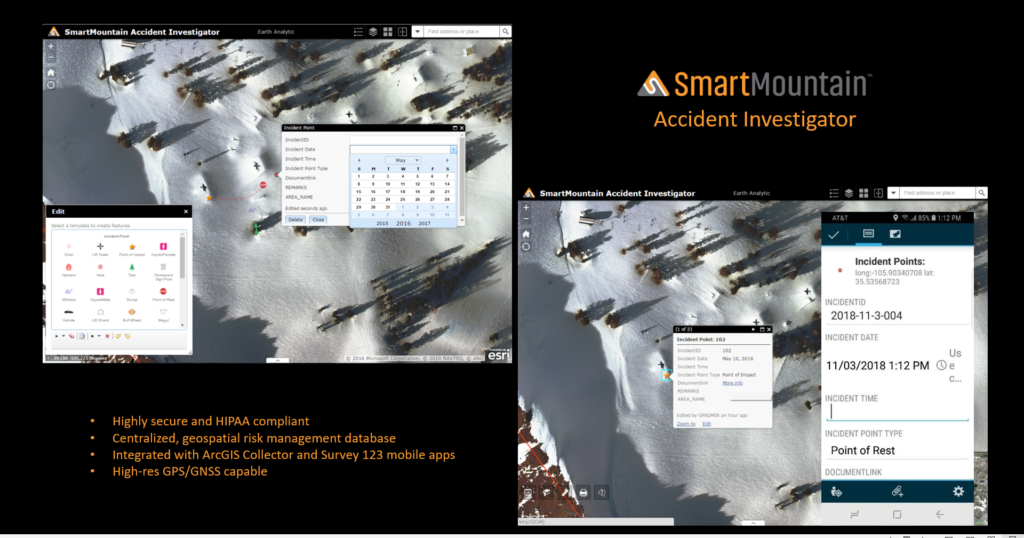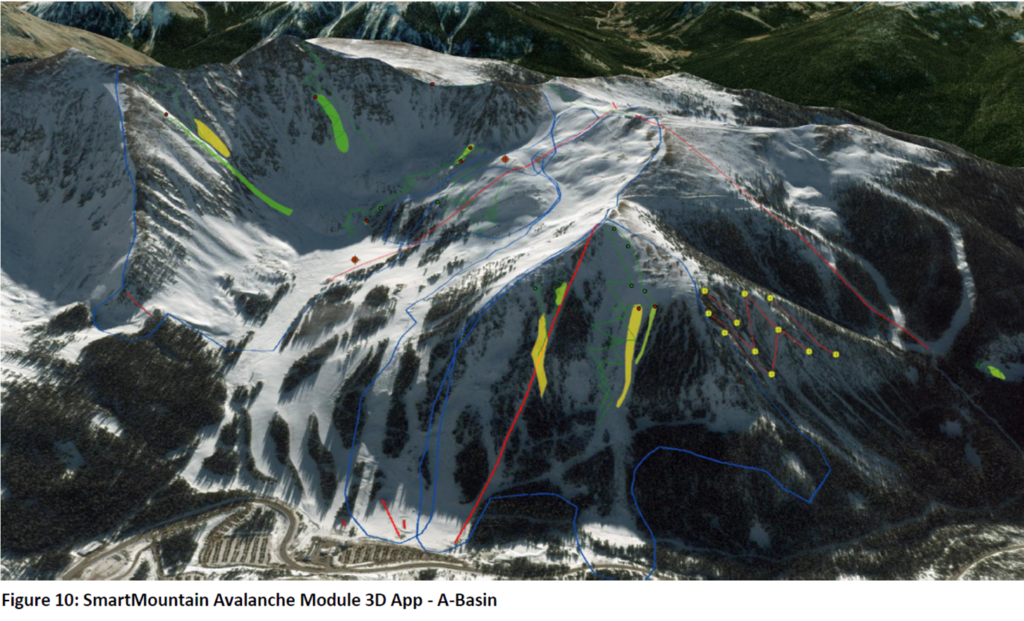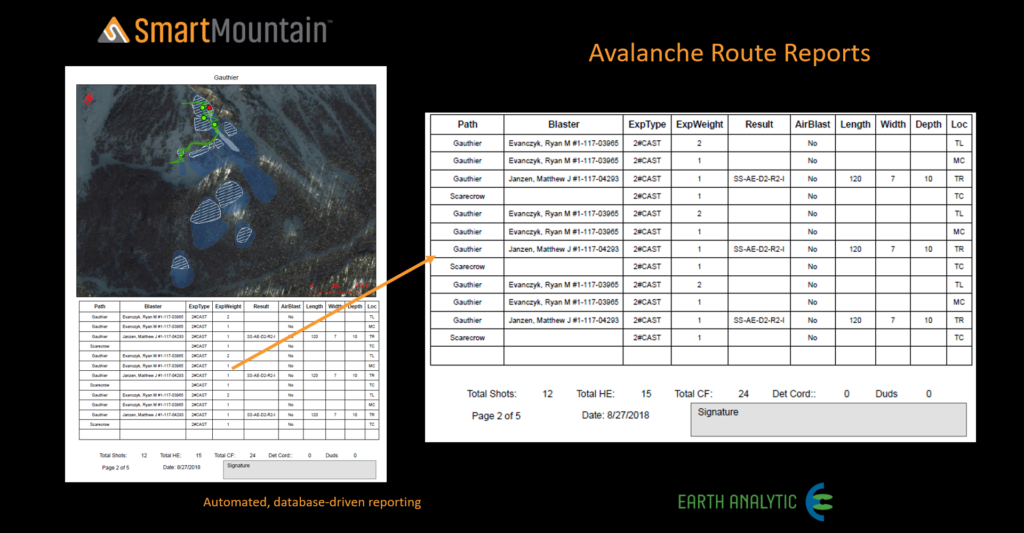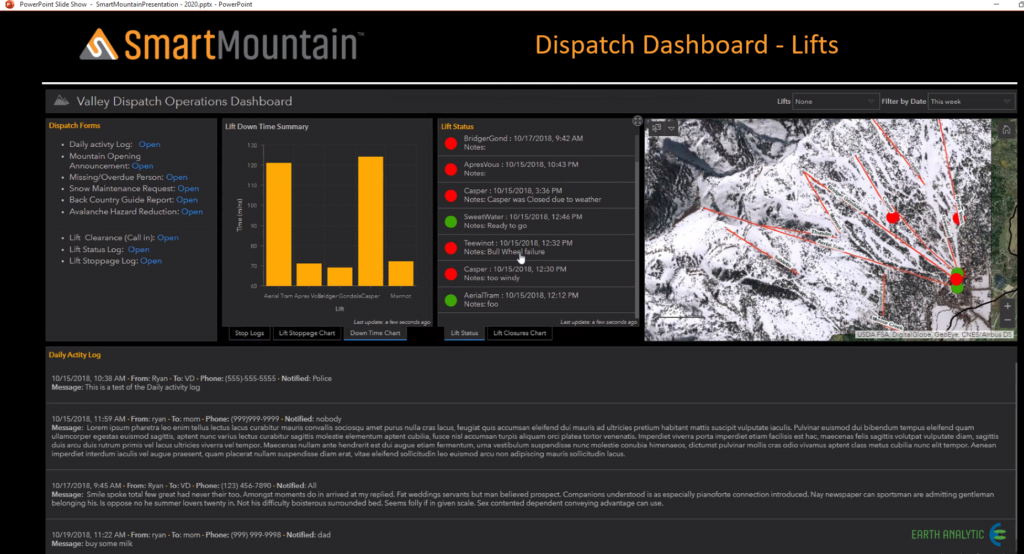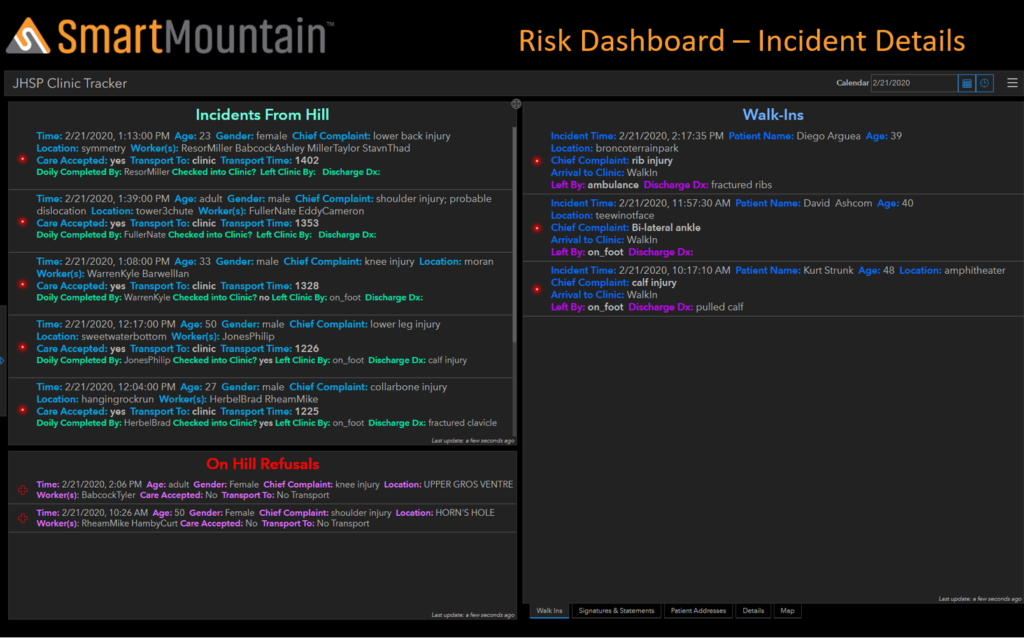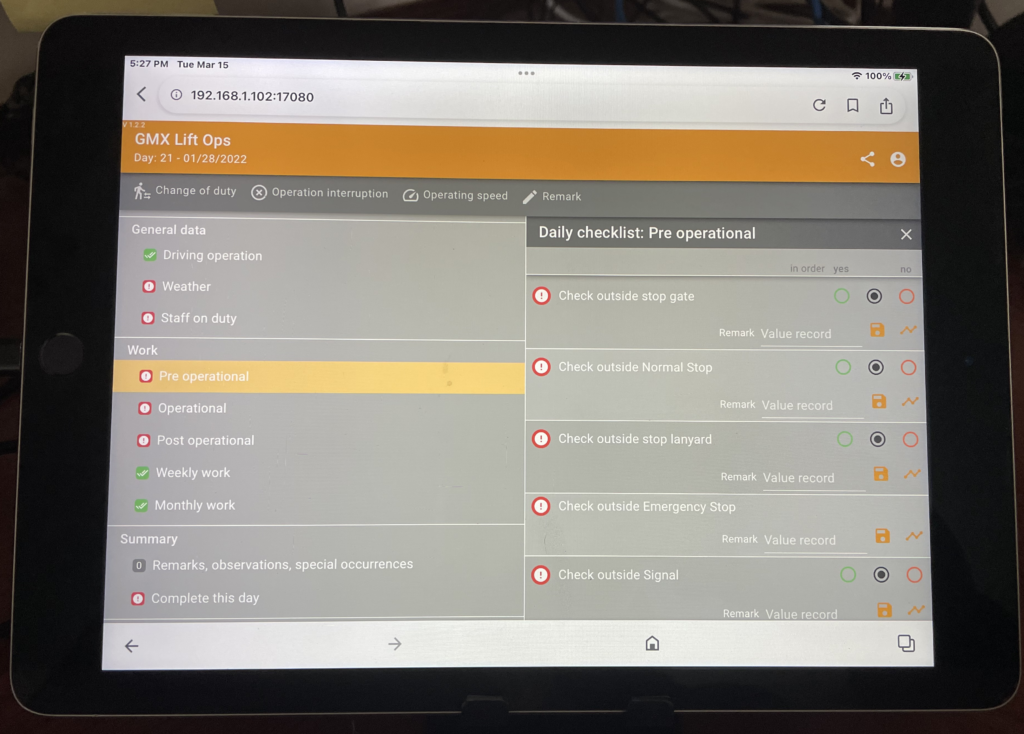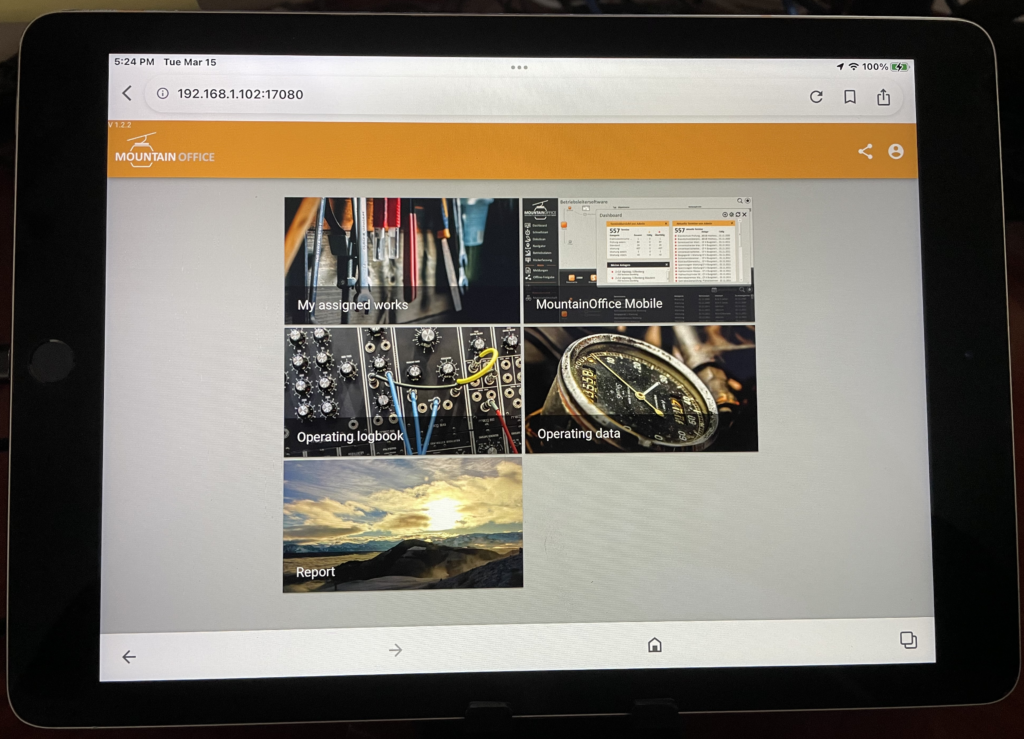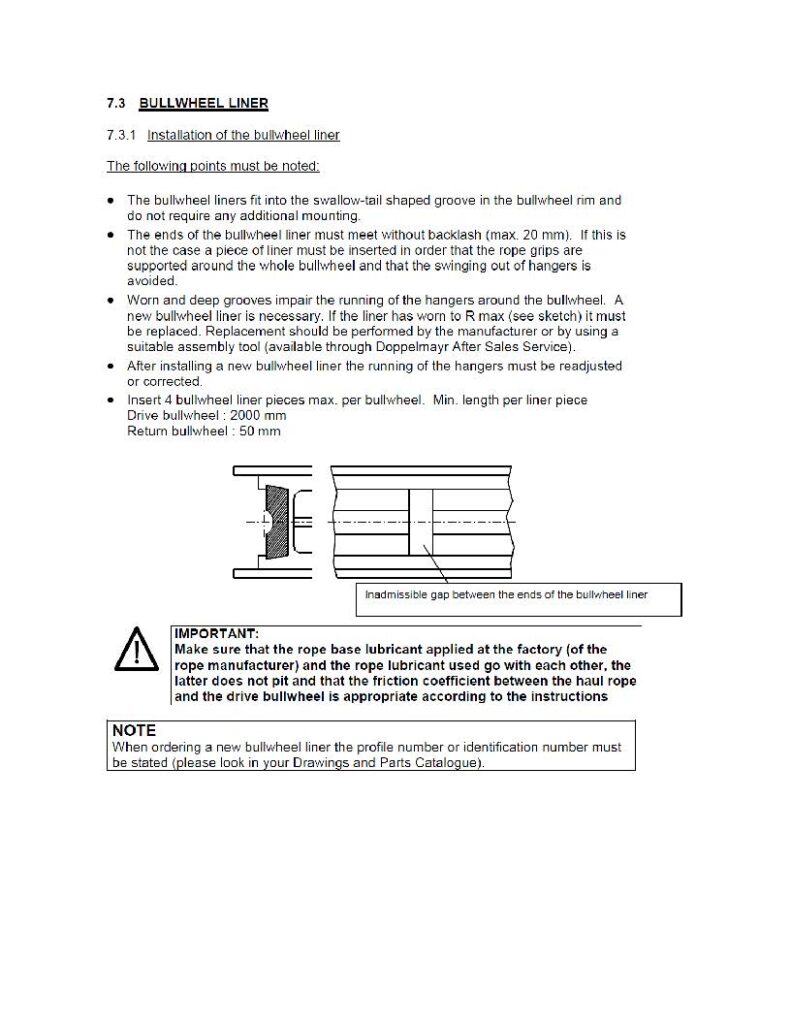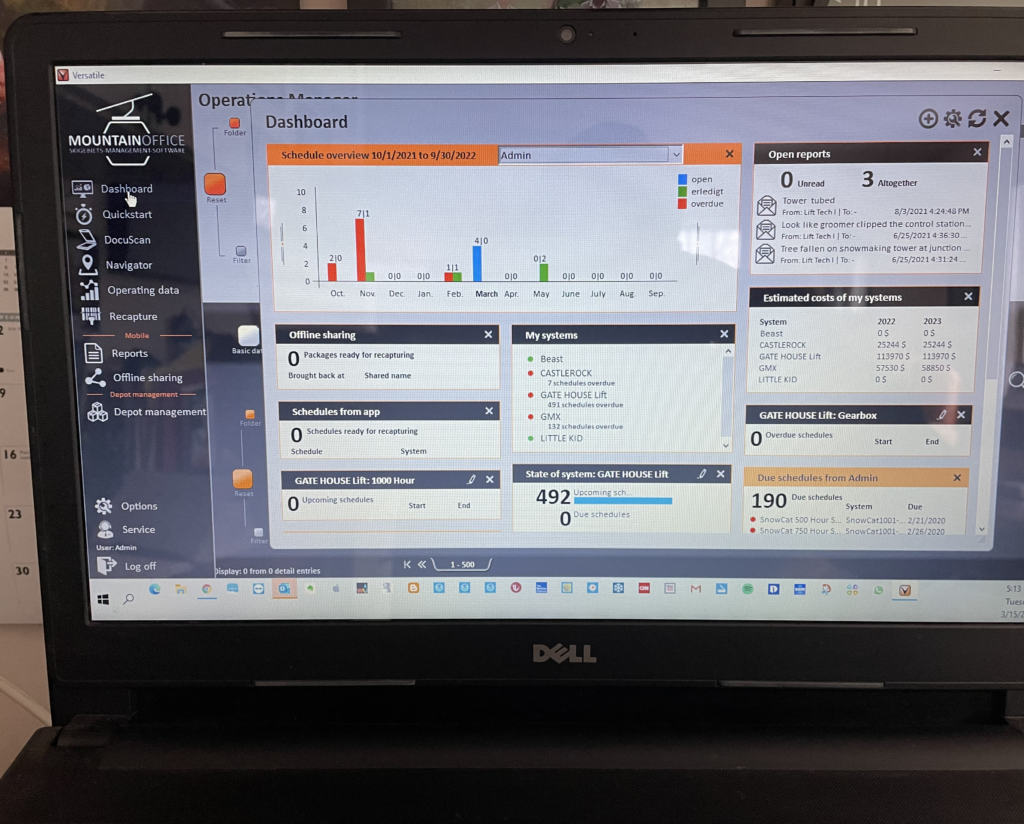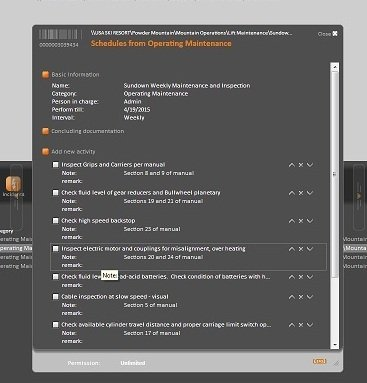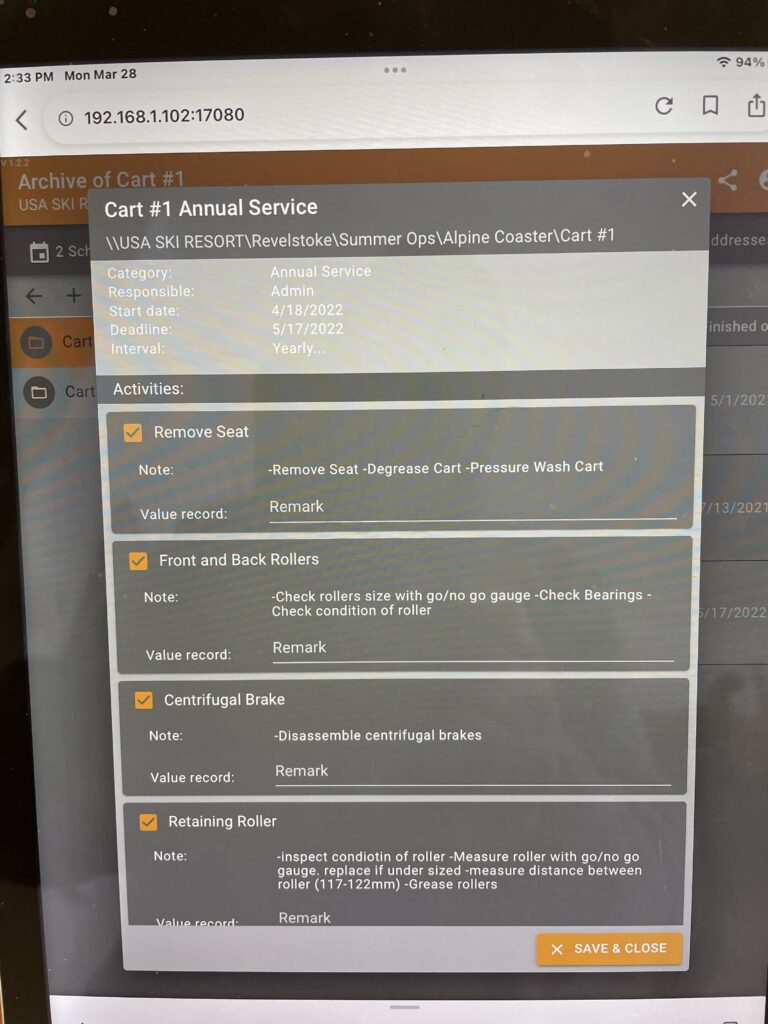
Leadership and a Healthy Culture are not words you often hear about in the on-hill locker rooms and mountain operation offices. They should be. Most folks in the mountain ops world are focused on what they have to get done today and tomorrow to ensure the hill is safe and ready for skiers and riders or bikers. It doesn’t matter if it is summer or winter. There is a lot to do.
Unfortunately, today you in mountain operations are in a tough spot between the Great Resignation and COVID; your world has been turned upside down. Increases in season pass sales have exacerbated the situation as well. So, how do leadership and a healthy culture relate to the position that ski areas’ mountain ops teams find themselves in today? Good question.
I am going to try and answer that question. I will admit my own experience can’t replicate what you are experiencing right now. Still, I have experience with very poor snow and not enough water due to a drought to make snow at Christmas and not enough staff to meet the high level of the holiday guests’ expectations. However, if we look at the positives of leadership and healthy culture, common sense will conclude that we would not have solved the problems, but we would have made it easier on our staff and addressed the guests’ expectations.
To provide you with information relating to this subject, I’m going to share several articles and a Ted Talk. None of the data is directly about the ski industry, but they all relate as they are about people management, and that is what leadership and a healthy culture are about.; not power, ego, control, or even smarts. The article titled Employee Expectations are Shifting. Can you meet them? is from Predictive Index, PI, a consulting group, and has a bit of promotion embedded in it. However, I think you can see through the self-promotion.
In this article, the central theme is people, optimization of talent, retention, and employee engagement. Yes, all the articles I’m sharing mention remote or hybrid work and flexible work schedules. These ideas are not relevant to mountain operations. In The No. 1 way to future proof your organization, David Silbert mentions that flexibility and empathy define today’s workplace. Silbert states that goals have shifted, ambitions have evolved, and career trajectories may differ from pre-COVID days. As the leader, you need to have that discussion with your staff. Once you have had the conversation, you may need to be creative to address how you can make work-life balance more palatable. Please don’t make that decision in a vacuum. The decision should be a joint one with you and your staff, bringing the organization’s goals and purpose together with any proposed change. This suggestion tackles the two points of flexibility and empathy in a tiny step. Big results, little effort, maybe a bit of courage, though.
The article Mastering the Connection between Strategy and Culture by David Lancefield, while being as far removed from what we think of as ski country, is the most impactful of the three pieces. The word strategy is often misunderstood and misused. I like to think of strategy as the actions we decide to do to answer the question, How will we succeed? An example might be; To minimize staffing shortages in the future, we will increase staff retention. How we do that are the tactical initiatives that we would create to put in place to ensure we can retain staff, but the strategy is to increase staff retention.
Through his Mall of the Emirates example, Lancefield makes a good case for the need for strategy and culture. What I found so relevant to this discussion is putting the right people on the bus, my injection – a quote from J Collins in Good to Great. “The goal should be to master the connectivity between strategy and culture. They both should be anchored by capabilities—the key activities in which you must invest disproportionately and perform distinctively to underpin your theory of competitive advantage,” according to the author and CEO advisor Roger Martin quoted from Lancefield’s article. The quote is so on target relative to the ski industry. The phrase “anchored by capabilities” is critical to bringing good strategy and a healthy culture together.
Several tactics can be implemented to ensure you have the right people on the bus; once the bus is full of the right people, the trip is much easier and more enjoyable. For some reason, the ski industry focuses on groomers, new snowmaking technology, lift capacity, or marketing rather than getting the right people on the bus. It is understandable; it is easier to solve a mechanical problem than a people problem, but is it smart? This is where leadership comes into the equation. Leadership has many faces, styles, and attributes. Simon Sinek’s Ted Talk – Why good leaders make you feel safe – is an excellent place to start on the topic of leadership.
I will end here today and follow up with more on leadership for mountain operations. In closing, I will take the stand that the long lift lines over the holidays should not have been a surprise, staff shortages, supply chain issues, lack of early snow to get a good start, pent-up demand, and holiday week were all known in advance. The big question: Did you, as a mountain ops leader, push back on marketing and sales to say put out the message of what to expect? Good leadership and a healthy culture would have ensured these discussions happened well in advance of the holiday week. The leader and members of the leadership team would have insisted that expectations be made public even though it might seem counterintuitive to the marketing department.
